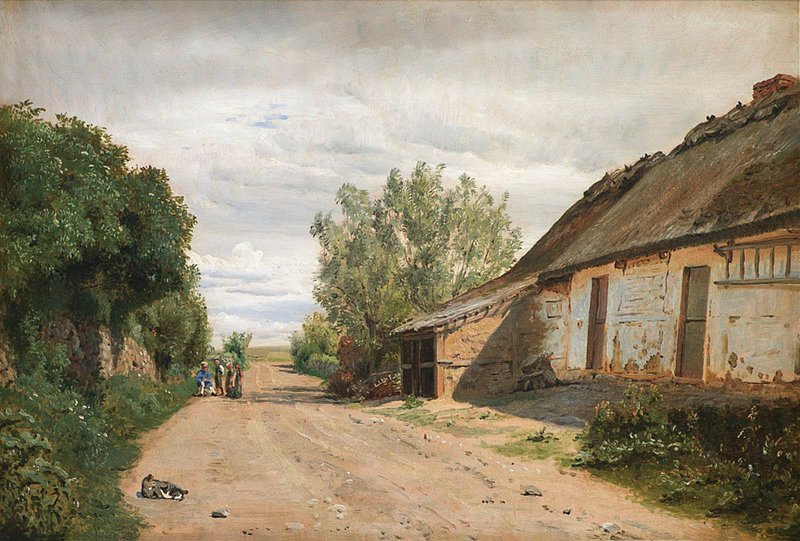In spring 2024, the Norwegian American Historical Association (NAHA) received a significant boost with a $300,000 federal grant to digitize and preserve historical documents. This initiative, coined “Alt for Norge: Norwegians Fighting for Two Homelands,” aimed to highlight the vital role of Norwegian-Americans during World War II. However, this landmark project faced an unexpected hurdle due to sweeping federal budget cuts led by the Department of Government Efficiency (DOGE), advised by Elon Musk.
The implications of these cuts resonate deeply in South Dakota, a state with a rich tapestry of cultural history preserved and shared by organizations like the South Dakota Humanities Council. Over 80% of the National Endowment for the Humanities (NEH) staff were placed on administrative leave, directly impacting local programs that rely heavily on NEH funding.
For South Dakotans, the sudden financial reduction meant that cherished events such as the South Dakota Festival of Books and initiatives like the Young Readers program found themselves in jeopardy. Christina Oey, Executive Director of the South Dakota Humanities Council, expressed the gravity of the situation during an interview.

Dusty Johnson
“Our funding was completely cut overnight,” Oey remarked, emphasizing the shock felt across the state’s cultural and educational programs. “We had about $122,000 worth of grants we were about to disperse and we’ve had to pause those grants because we just don’t have the funding for them.”
The Norwegian-American initiative, which had begun in September, was meticulously planned. It involved acquiring and curating significant World War II collections, such as images from the Royal Norwegian Air Force training base in Toronto. The preservation work, described as an “urgent priority” for the Trump administration, highlighted vital stories of resilience and aid during Norway’s German occupation.
Highlighting South Dakota’s community spirit, local events and educational programs have adapted to these changes with resilience. The Laura Ingalls Wilder Pageant in De Smet and the Earthlodge Gatherings in Sisseton faced budgetary challenges but continued to draw support from local volunteers and donors committed to sustaining South Dakota’s cultural heritage.
Representative Dusty Johnson has assured constituents that he remains a “supporter of the arts” and has been actively engaging with the White House to rectify the unexpected budget reduction’s impacts.
The South Dakota Festival of Books, a cultural linchpin in the state, scheduled for late September 2025 in Spearfish, symbolizes the resilience of South Dakotans. Despite adjustments in scheduling and logistics, the festival aims to remain a beacon of literary culture, featuring authors and poets like Tim O’Brien.
Also feeling the pinch is the Young Readers program, pivotal in promoting literacy across the state, particularly in rural areas. South Dakota’s young generation will continue to receive free books, a testament to the ongoing dedication of passionate volunteers.
The cuts have underscored the critical role of localized governance in cultural preservation. “We know our states the best,” Oey stated, highlighting the importance of local knowledge in directing funds where they are most needed.
For those interested in supporting South Dakota’s cultural programs, more information can be found at the South Dakota News Watch, an independent nonprofit organization dedicated to providing in-depth state news.
The Norwegian-American Historical Association, caught in the crossfire of federal cuts, continues to seek donor support to ensure that its invaluable collections are preserved for future generations. To voice your opinions or support for these initiatives, reach out to Stu Whitney.
